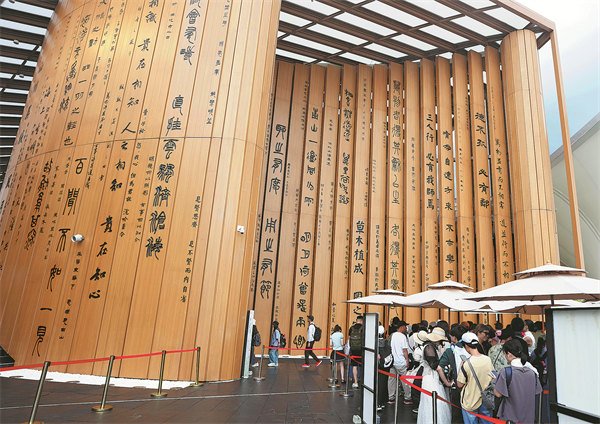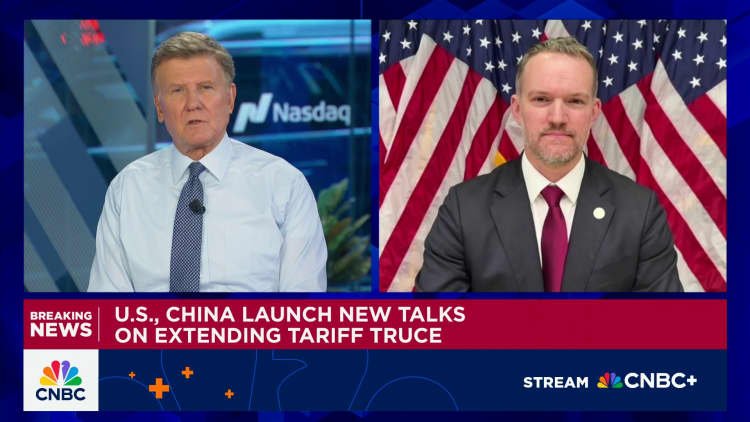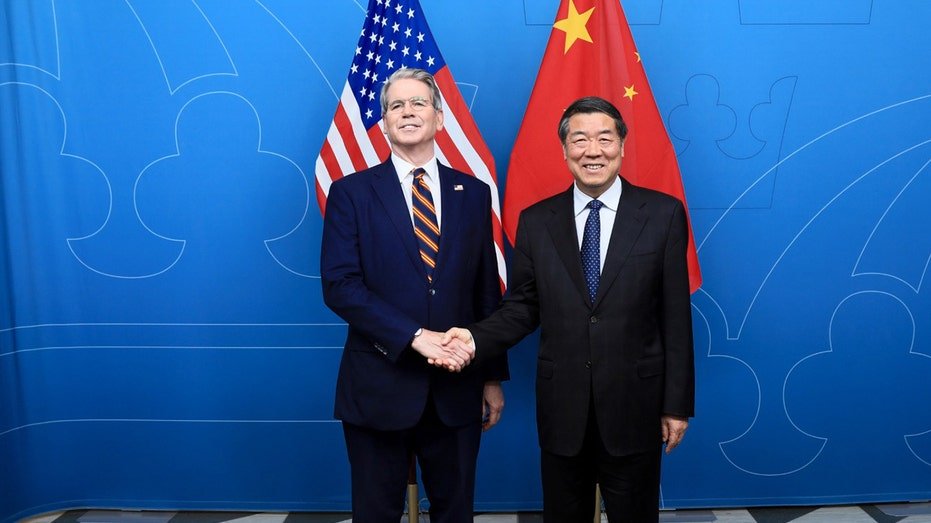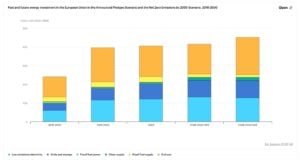China’s artificial intelligence developers and chipmakers have announced a new alliance to build a domestic supply chain to power the technology and reduce dependence on foreign manufacturers.
Chinese LLM developer StepFun announced the formation of the “Model-Chip Ecosystem Innovation Alliance” on Friday at the opening of the 2025 World Artificial Intelligence Conference (WAIC) in Shanghai.
The alliance brings together Chinese developers of large language models (LLMs) and AI chip manufacturers including Huawei, Biren, and Moore Threads. All three of those firms have been hit by US sanctions that block them from purchasing advanced tech made with US know-how.
Also on AF: US, China Set For Talks in Stockholm on Tariff Truce Extension
“This is an innovative ecosystem that connects the complete technology chain from chips to models to infrastructure,” said Zhao Lidong, CEO of Enflame, another participating chipmaker.
StepFun also announced a second alliance, the Shanghai General Chamber of Commerce AI Committee, which aims to “promote the deep integration of AI technology and industrial transformation.”
Other participants in the alliance include SenseTime, also sanctioned by the US and which has pivoted from facial recognition technology to LLMs. Others include LLM developer MiniMax, as well as chipmakers Metax and Iluvatar CoreX.
The alliances point to China’s continued determination to become self-sufficient in technology supply chains as it faces increasing export controls from the US and its allies. Chinese president Xi Jinping has said such self-sufficiency would be key to prevent China from “being strangled by foreign countries”.
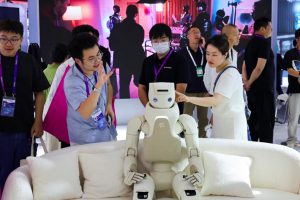
Still, China has used its dominance in rare earths to negotiate less stricter export controls from the US, including the removal of curbs on US chipmaker Nvidia’s exports of H20 AI chips to the country.
Commerce Secretary Howard Lutnick has said that the aim of restarting H20 chip exports — aside from loosening China’s clampdown on rare earth exports — is to ensure Chinese firms can “get addicted” to American tech.
Focus on Huawei
China’s push to emerge as the leading player in the AI arena was very apparent at the WAIC, where companies ranging from heavy hitters like Huawei and Alibaba to ambitious startups converged to display their innovations in AI. Western names like Tesla, Alphabet and Amazon also participated in the conference.
One of the most talked about products at the conference was Huawei’s AI computing system CloudMatrix 384, which some experts say rivals Nvidia’s most advanced offerings in China.
US research firm SemiAnalysis said Huawei’s system design capabilities have meant that it has been able to use more chips and system-level innovations to compensate for weaker individual chip performance.
The CloudMatrix 384 system incorporates 384 of Huawei’s latest 910C chips. It can outperform Nvidia’s GB200 NVL72 on some metrics, SemiAnalysis said.
At least six other Chinese computing firms showcased similar “clustering” chip technology. Metax demonstrated an AI supernode featuring 128 C550 chips designed to support large-scale liquid-cooled data centre requirements.
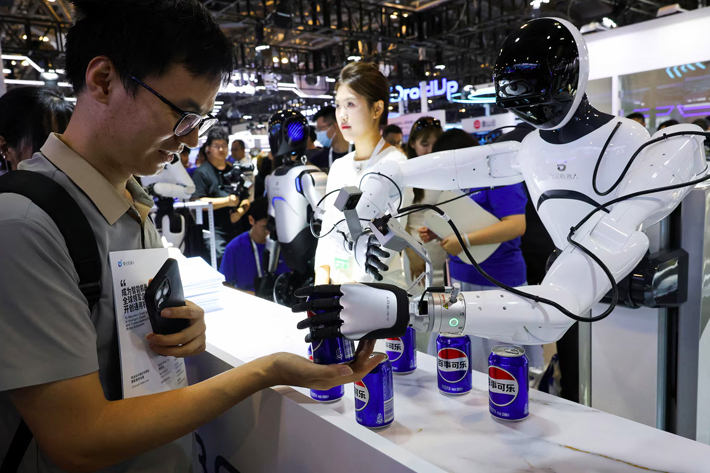
Other events included Tencent’s unveiling of its open-source Hunyuan3D World Model 1.0, which the company said enables users to generate interactive 3D environments through text or image prompts.
Baidu announced what it said was next-generation “digital human” technology that helps businesses to create virtual livestreamers. It features “cloning technology” that can replicate a human’s voice, tone, and body language from just 10 minutes of sample footage.
Alibaba was among those announcing AI glasses. Its Quark AI Glasses are powered by its Qwen AI model and are due to be released in China by the end of 2025. They will allow users to access the tech giant’s map service for easy navigating and to use Alipay by scanning QR codes with voice commands.
Beijing calls for global AI cooperation
Meanwhile, on Saturday, Chinese Premier Li Qiang said at the conference that Beijing wanted to create an organisation to foster global cooperation on AI — positioning itself as an alternative to the US.
Li said China wants to help coordinate global efforts to regulate fast-evolving AI technology and share the country’s advances.
Li also appeared to refer to Washington’s efforts to stymie China’s advances in AI, warning that the technology risked becoming the “exclusive game” of a few countries and companies.
He did not specifically name the United States, but his statements follow an expansive plan announced by US President Donald Trump last week to ensure the US would “win the AI race”. Trump’s AI blueprint proposes to vastly expand US AI exports to allies in a bid to maintain the American edge over China.

China wants AI to be openly shared and for all countries and companies to have equal rights to use it, Li said, adding that Beijing was willing to share its development experience and products with other countries, particularly the “Global South”. The Global South refers to developing, emerging or lower-income countries, mostly in the southern hemisphere.
How to regulate AI’s growing risks was another concern, Li said, adding that bottlenecks included an insufficient supply of AI chips and restrictions on talent exchange.
“Overall global AI governance is still fragmented. Countries have great differences particularly in terms of areas such as regulatory concepts, institutional rules,” he said. “We should strengthen coordination to form a global AI governance framework that has broad consensus as soon as possible.”
- Reuters, with additional editing and inputs from Vishakha Saxena
Also read:
Is the AI frenzy a hallucinatory bubble?
Nvidia’s Bid To Stop Huawei
Nvidia CEO Says US Export Curbs on AI Chips is ‘Flawed’ Policy
China’s Xi Issues Rare Warning on Over-Investment in EVs, AI – FT
China Stops Most Antimony Exports But Rare Earth Sales to US Soar
China Softens Tone on US Ties Amid Potential Thaw In Chip War
TSMC Sees 60% Profit Jump on AI Chip Demand, But Fears Tariffs
China Scrambles for Nvidia’s H20 Chips as Trump ‘Reverses’ Curbs
Nvidia’s Huang Says China’s Military ‘Can’t Rely on US Tech’
China’s Huawei ‘Hoping Its New AI Chip Can Outpower Nvidia’
China’s Huawei, SMIC ‘to Ramp Up Production’ of Newest AI Chip
Huawei, SMIC Set to Defy US Sanctions With 5nm Chips: FT
Satellite Images Show Huawei’s Expanding Chip Facilities – FT
Vishakha Saxena
Vishakha Saxena is the Multimedia and Social Media Editor at Asia Financial. She has worked as a digital journalist since 2013, and is an experienced writer and multimedia producer. As a trader and investor, she is keenly interested in new economy, emerging markets and the intersections of finance and society. You can write to her at [email protected]

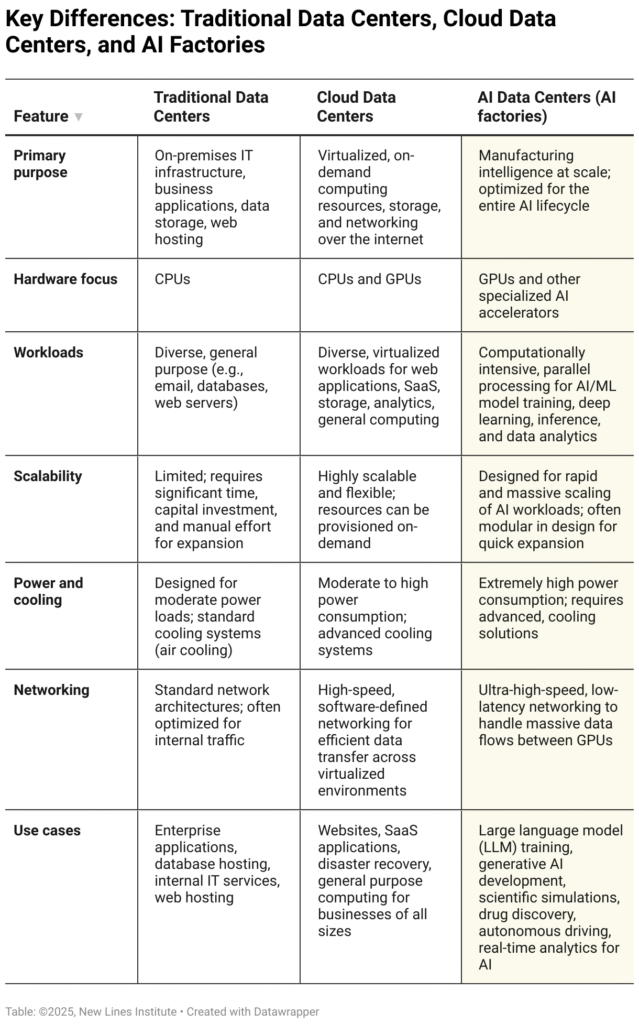
![[News] AMD Killer Switches Sides: Former Intel China President Joins Team Red](https://koala-by.com/wp-content/uploads/2025/07/AMD-headquarters-santa-clara-624x416.jpg)
